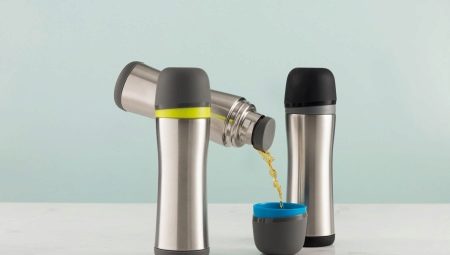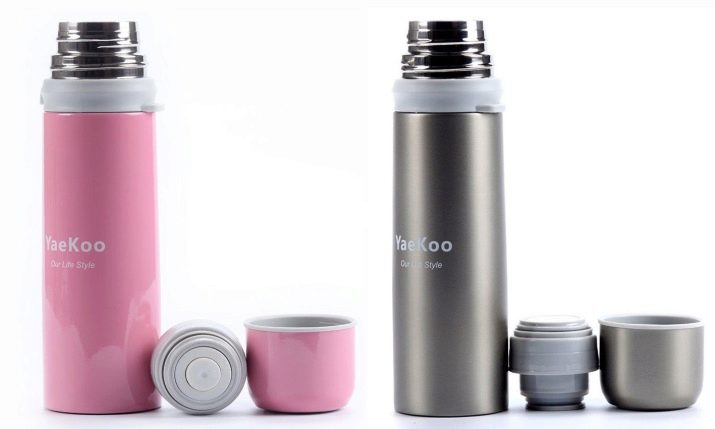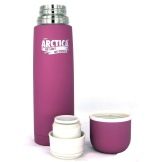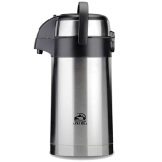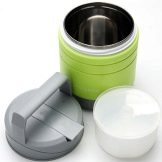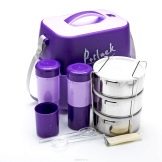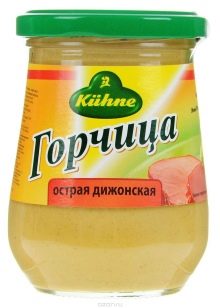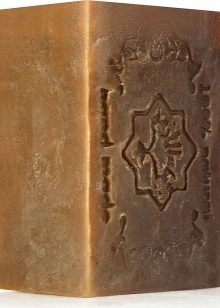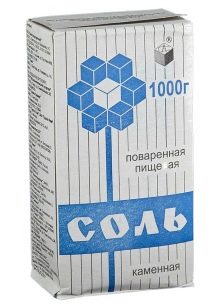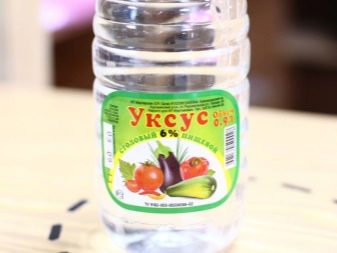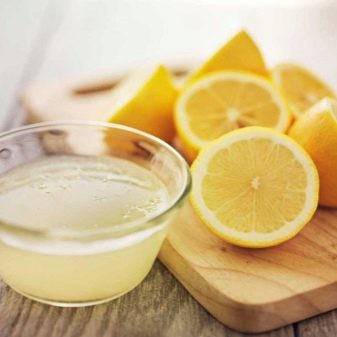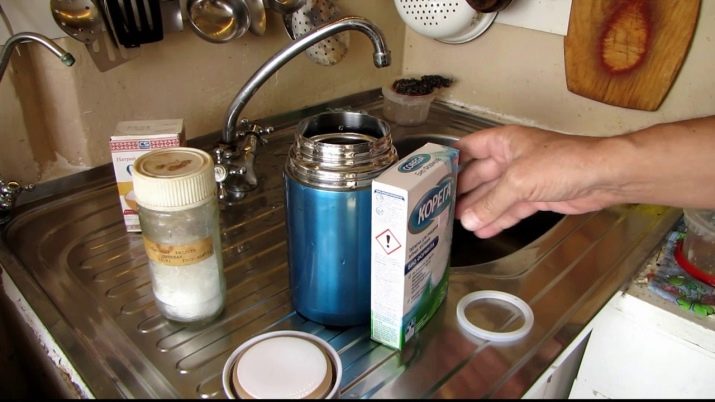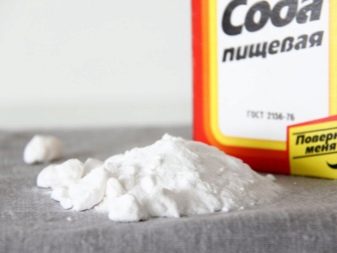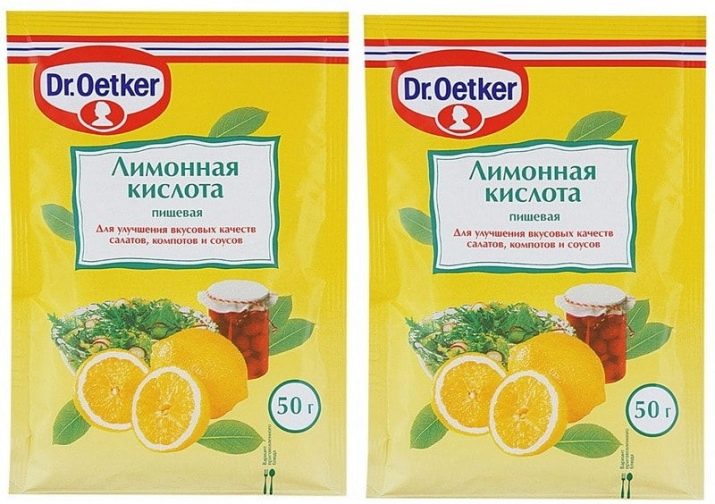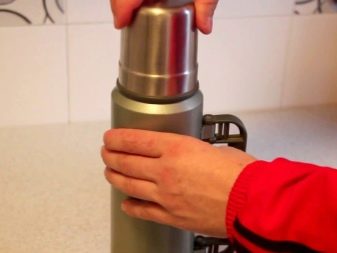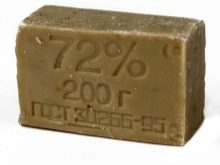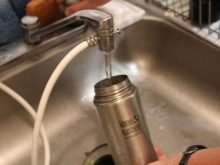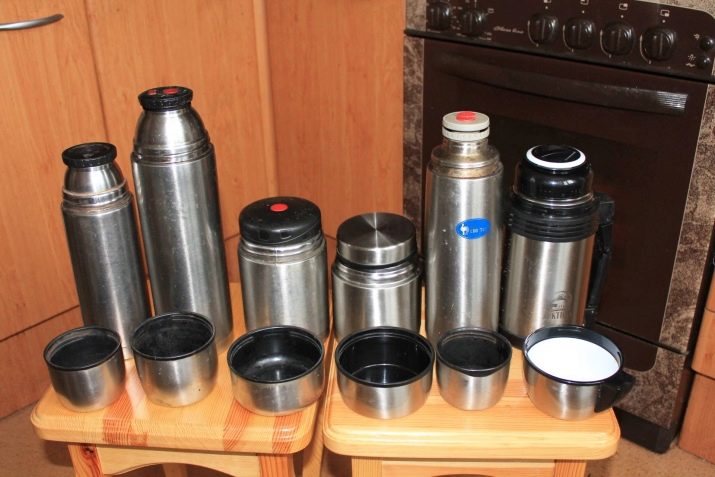Thermos has always been and remains a popular item in our homes. He saves on the road or on a forest walk with a hot drink. At home it is convenient to brew herbs and berries. And the one who is forced to leave children alone with a gas stove, prefers to pour the hot first into a thermos. All this gradually leaves a raid and an unpleasant smell inside a metal flask, and there is a need to clean a stainless steel thermos.
Types of thermos
The type and frequency of cleaning depends on the type of dishes you need to use:
- Thermos for drinks produced with a narrow neck, a diameter of 25 - 55 mm. For cleaning, you will definitely need a dish cleaner.
- Thermoses with pneumonias allow pouring liquid without turning the container over. Such a vessel is easy to wash with your hand, but efforts will have to be made to bleach the pneumopump itself.
- Food thermos with a wide mouth of 65–80 mm is used for hot first and second courses, as well as for keeping ice cream or other delicacies cold. Such containers will always collect odors and, possibly, fat.
- Universal containers - a symbiosis of food thermos and beverage containers. Possible cleaning by hand and brush.
- Stainless steel food thermos consists of several vessels, stacked on top of each other, resembles more plates, and, therefore, it is much easier to wash them.
How to clean?
When choosing a means for a metal flask, you need to remember that aggressive compounds will spoil the surface. Do not use industrial chemicals like "White", "Domestos" other.
Do not use metal brushes, brushes, eggshells, which often cleaned other types of dishes.
Those who, in principle, do not want to use chemicals, will easily find a way to clean them with home remedies: mustard, salt, vinegar, lemon, laundry soap, and even an ordinary old newspaper. There is a lot of money and more recipes.
How to wash the tea raid and scum?
After tea, even if it was in a thermos for only a couple of hours, there is an unpleasant brown residue on the walls. If tea is in the vessel for more than a day, then the plaque eats into the metal much more strongly. And when boiling water is poured into a thermos, traces of scale gradually form around the neck. To remove them, you can use the following several recipes.
First recipe:
- Pour vinegar (not essence) into the container for a quarter of the volume.
- Add boiling water to the neck.
- Screw the lid tightly and let it brew for 2 hours.
- Empty the contents and rinse with water.
Recipe two:
- One lemon cut into small slices and fall asleep in a flask.
- Pour there boiling hot water.
- Tightly plug and leave for half a day.
- Drain and rinse.
- To wipe a mouth with a crude lemon - a lemon, lemon acid perfectly relieve flasks of thermoses and electric kettles of a scum.
The third recipe:
- To buy pharmaceutical tablets that clean dentures, the main component in them is soda.
- 2 tablets to drop in a thermos with a capacity of 1-1.5 liters.
- Pour boiling water.
- Tightly seal the lid and leave overnight.
- Drain the water and rinse well the remains of an unusual detergent.
Recipe Four:
- In case of severe contamination, ½ cup of barley (or other similar cereals) fall asleep in a thermos.
- Add 3-4 teaspoons of baking soda.
- Pour boiling water to half the vessel.
- Carefully close and vigorously shake the vessel for a minute.
- Empty and rinse. The croup is a sparing abrasive for stainless steel.
Recipe Five:
- In a thermos pour boiling water under the neck.
- Pour into a container 1 tablespoon of citric acid.
- Leave overnight.
- Pour out the solution and rinse well with warm water.
Recipe Six:
- Heat Coca-Cola, Fanta or similar beverages with gas up to 80–90 degrees (before bubbling). These highly carbonated compounds have long been known for their cleaning properties.
- Pour the drink into the flask and cover it loosely.
- No shaking is necessary. Just leave the container alone for 12 hours.
- Drain and rinse with water.
Recipe Seven:
- Rinse the flask with a wide neck with warm water. Some water should remain in the tank.
- Slightly crumple an old newspaper or printed paper and clean the inside of the wall.
- Rinse the thermos with water. If you use typographical printed products, then you need to rinse the container more carefully.
How to get rid of the smell?
After cleaning the container of scale and scale, it still remains an unpleasant smell. To get rid of it, you can do the following:
- Pour boiling water into a thermos for about 4/5 and add 2 tablespoons of mustard powder. Carefully close the vessel and shake it regularly for 8–12 hours. Then rinse well.
- In order not only to get rid of the smell, but also of plaque, you can coat the inner wall of the flask with mustard and water gruel. After drying the mixture in a thermos pour boiling water and leave for a day, after which the container is washed.
- Coarse rock salt is used in the same way as mustard or soda: it is added to boiling water and shaken for a long time.
- Rice not only perfectly absorbs moisture, but also smells. For prophylaxis, it is possible to pour dry rice on the bottom of the flask and store it there (do not close the lid tightly). To remove the smell, change a handful of slightly wet grains in a flask for several days in a row. Or pour the rice with boiling water about half the volume. Close the lid and, occasionally shaking, insist 10-12 hours.
- Fill the thermos with warm water. Pour soda at the rate of 1 teaspoon per 200 ml of water. Leave the solution overnight. After about 12 hours, rinse the container with clean water at room temperature.
- Three teaspoons of soda and vinegar placed in a jar. Pour boiling water over. Leave for about an hour. Rinse with clean water. This method removes scale and odor.
How to wash the fat?
If the thermos is used to store the first and second, then traces of fat are inevitable. The easiest way to wash them off with ordinary dishwashing detergents. If the use of industrial compounds is not possible, then revert to popular methods:
- 100 grams of ordinary soda is diluted with hydrogen peroxide to a slurry. This composition is rubbed on a thermos inside and out and left for some time. After thorough washing, no traces of fat will remain, as well as odor.
- A mixture of soda and vinegar in a ratio of 1: 1 to put on the sponge for dishes, then carefully wipe the flask. This composition breaks down fat within 15–20 minutes.
- If it became necessary to clean the thermos from food remnants in nature, this can be done by river sand. It is well wash away not only fat, but also a scum, and raid from tea and coffee.
- Laundry soap well washes away traces of fat, even in cold water.
Useful tips
We give some recommendations to the hostess note:
- After each use, the thermos requires not just rinsing, but thorough cleaning.
- Household 72% soap or ordinary scouring powder perfectly cope with this.
- It is more convenient to clean with a brush for dishes with synthetic bristles.
- After storing the food, every effort should be made to ensure that its remains are not located at the junction of the flask with the body, otherwise the bacteria will very quickly begin to multiply in a thermos.
- After cleaning the vessel should be turned over and left to dry. You should not put it vertically on a smooth surface, otherwise it will absorb the smells of this surface.
- Long-term storage of water without use will result in stagnant odor and mildew.
- In case of long idle time, the vessel should not be closed with a lid so that the flask does not “suffocate”. Dust will help protect paper or cloth napkin.
- If, nevertheless, a musty smell and a suspicion of fungus appeared in the flask, then 2 tablets for dishwashers are put into a stainless steel flask and poured with boiling water. Someone has 20 minutes to clean, and someone 10 hours. It's all about the degree of pollution. The same way you can save the thermos from scale.
- Do not forget that, like any dish, thermos requires care not only inside but also outside. If the body is metal, then the same means are applied to it as to the flask. If the body is plastic, then you need to remember that it absorbs all odors even more. You can get rid of unpleasant aromas with the help of soda: mix it with a small amount of water, rub the thermos with this gruel; wash off after a day. If the coffee grounds are applied to the walls of the vessel for 3-4 hours, it will relieve unpleasant odors.
The choice of method of cleaning a stainless steel thermos depends on the willingness or unwillingness to use chemicals. Of course, they will cope faster with the task. But it may not be suitable for allergies, and simply spoil the thermos.
Therefore, it is better to be patient and entrust the cleaning of a thermos with home remedies.
How to clean and care for a thermos, see the following video.
